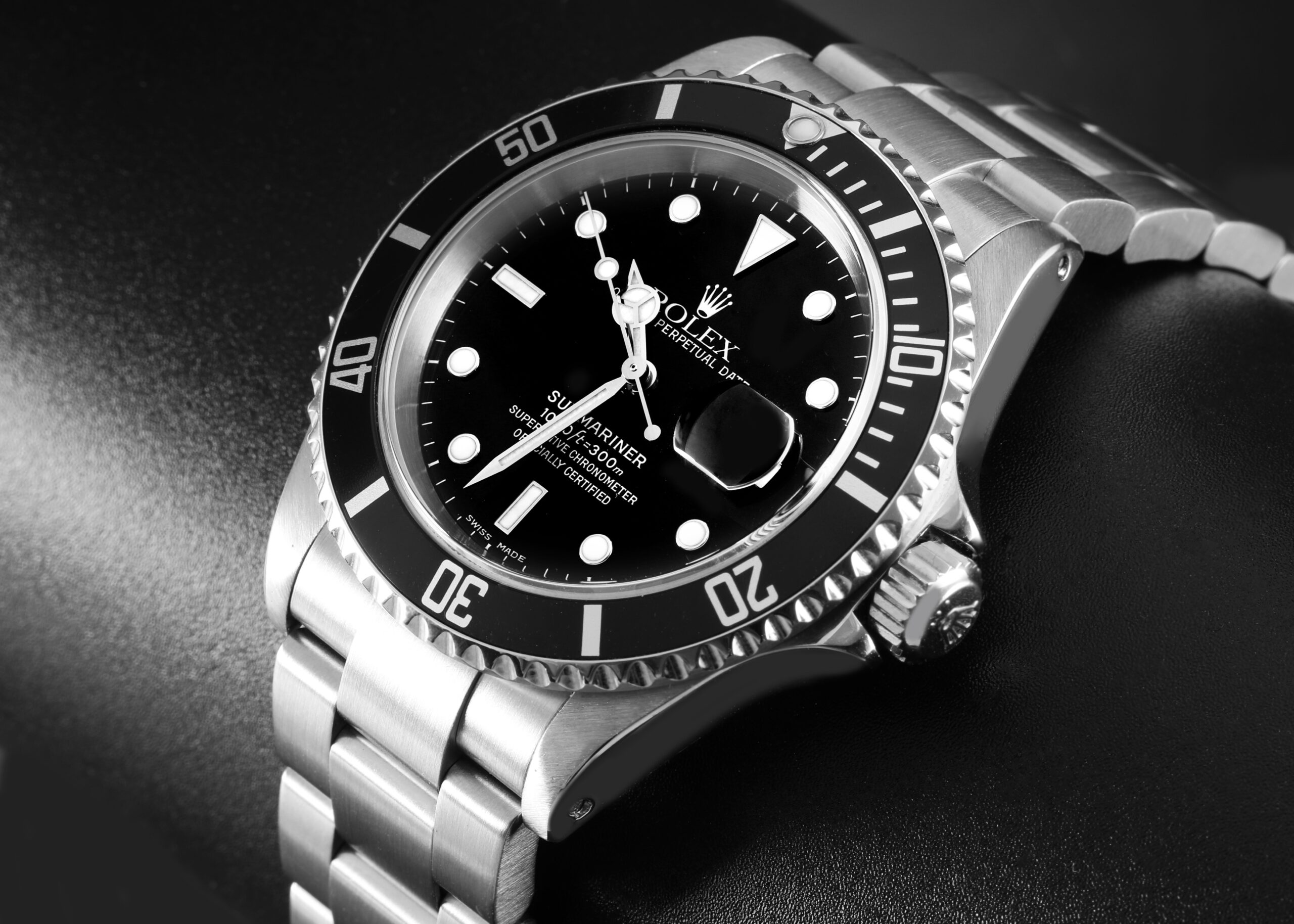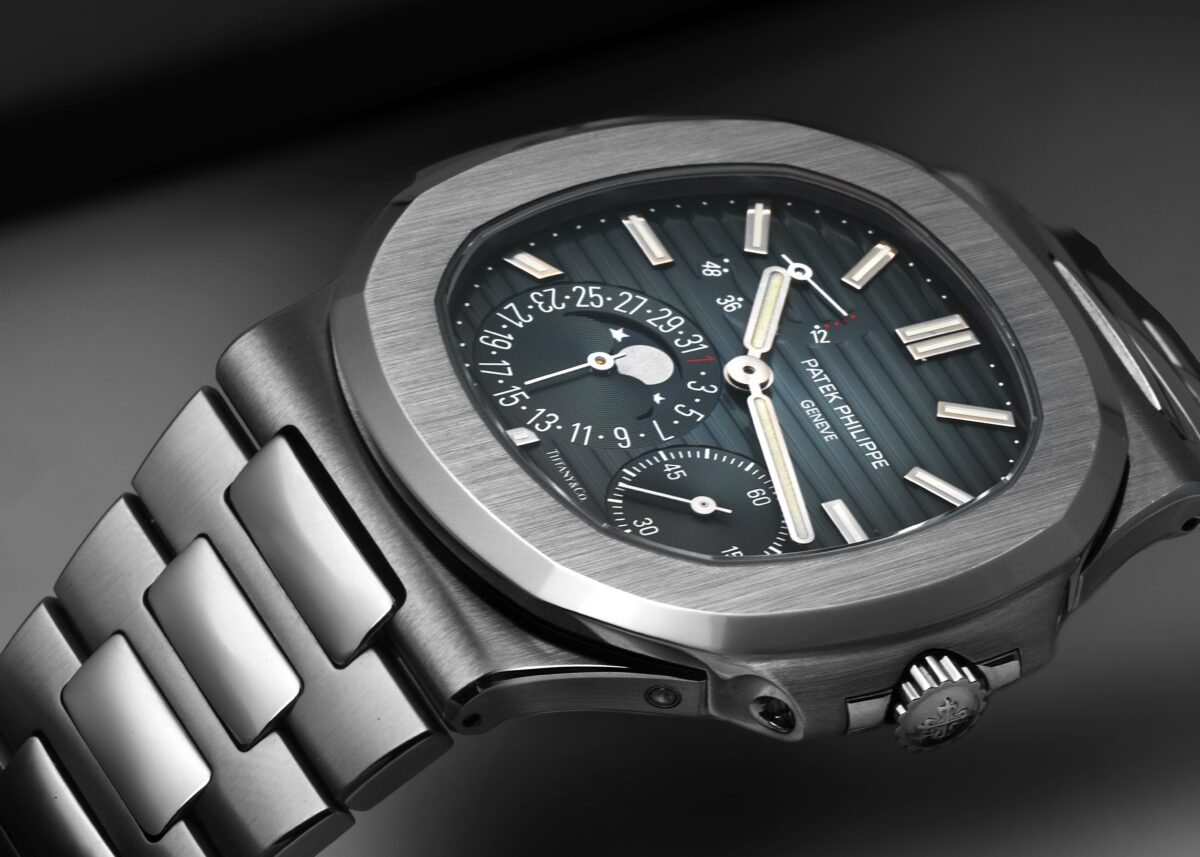The 20th century was a period of unprecedented change, a whirlwind of innovation that transformed the way we live, work, and even perceive time. In the world of horology, this era was a crucible where artistry met utility, forging timepieces that did more than just tell time—they told stories. These watches, born from the demands of aviation, the depths of the ocean, the glamour of the racetrack, and the pinnacle of elegance, became enduring symbols of style.
Decades later, in a world of smart devices and fleeting trends, these mechanical marvels are more relevant than ever. They represent a tangible connection to history, a commitment to craftsmanship, and a statement of personal style that is truly timeless. This is a journey through the most iconic watches of the 20th century, the titans of timekeeping that continue to define what it means to wear a legendary watch on your wrist.
<
What Makes a Watch an ‘Icon’? The Anatomy of a Timeless Timepiece
Before we explore the legends, it’s essential to understand what elevates a watch from merely popular to truly iconic. It’s a powerful alchemy of three key elements:
Revolutionary Design: An iconic watch often introduces a new aesthetic. It might be a unique case shape, a groundbreaking dial layout, or a novel use of materials. Its design is so strong and distinctive that it transcends its era and becomes a blueprint for future generations.
Technical Innovation: Many iconic watches house a movement or feature a complication that was revolutionary for its time. Whether it’s the first automatic chronograph, a highly durable dive watch, or a clever reversible case, this technical prowess sets it apart.
An Unforgettable Story: This is the soul of the watch. It’s the connection to a historic event, a pioneering adventurer, a legendary actor, or a cultural movement. It’s the story that transforms a mechanical object into a symbol.
It is at the intersection of these three qualities that true icons are born.
The Pioneers of the Wrist: Early Century Elegance
The wristwatch as we know it was a 20th-century invention, moving from a niche accessory to an essential piece of equipment. These early designs prioritized elegance and clarity, setting the stage for everything to come.
<
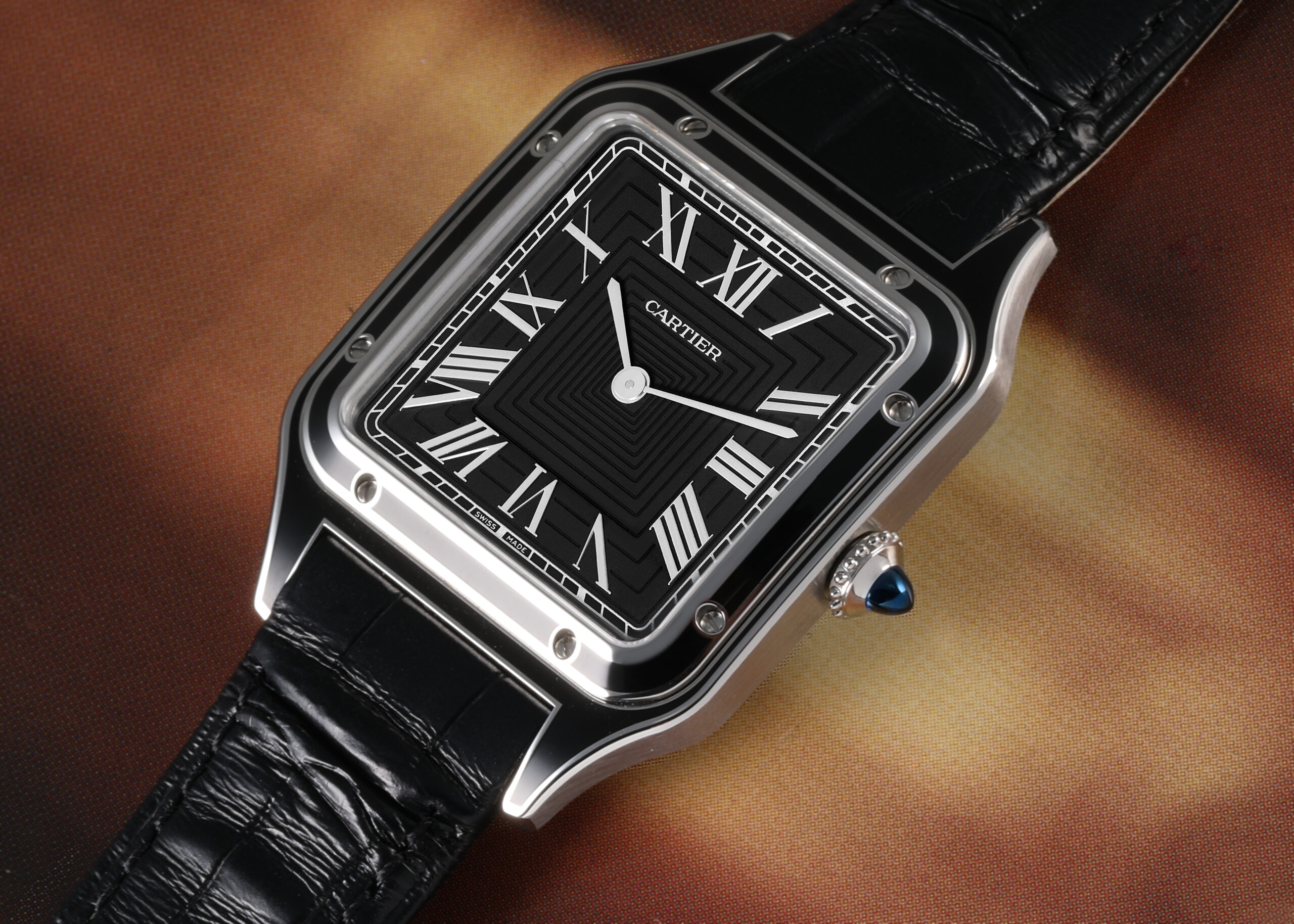
Cartier Santos (1904): The First Modern Wristwatch
The story begins not in a workshop, but in the skies over Paris. The famed aviator Alberto Santos-Dumont complained to his friend Louis Cartier about the impracticality of using a pocket watch while flying. In response, Cartier created a flat wristwatch with a distinctive square bezel. The exposed screws, a purely functional choice to secure the bezel, became an iconic and enduring design element of industrial chic. The Cartier Santos was not just a watch; it was the first purpose-built pilot’s wristwatch and the blueprint for modern timekeeping.
<
<
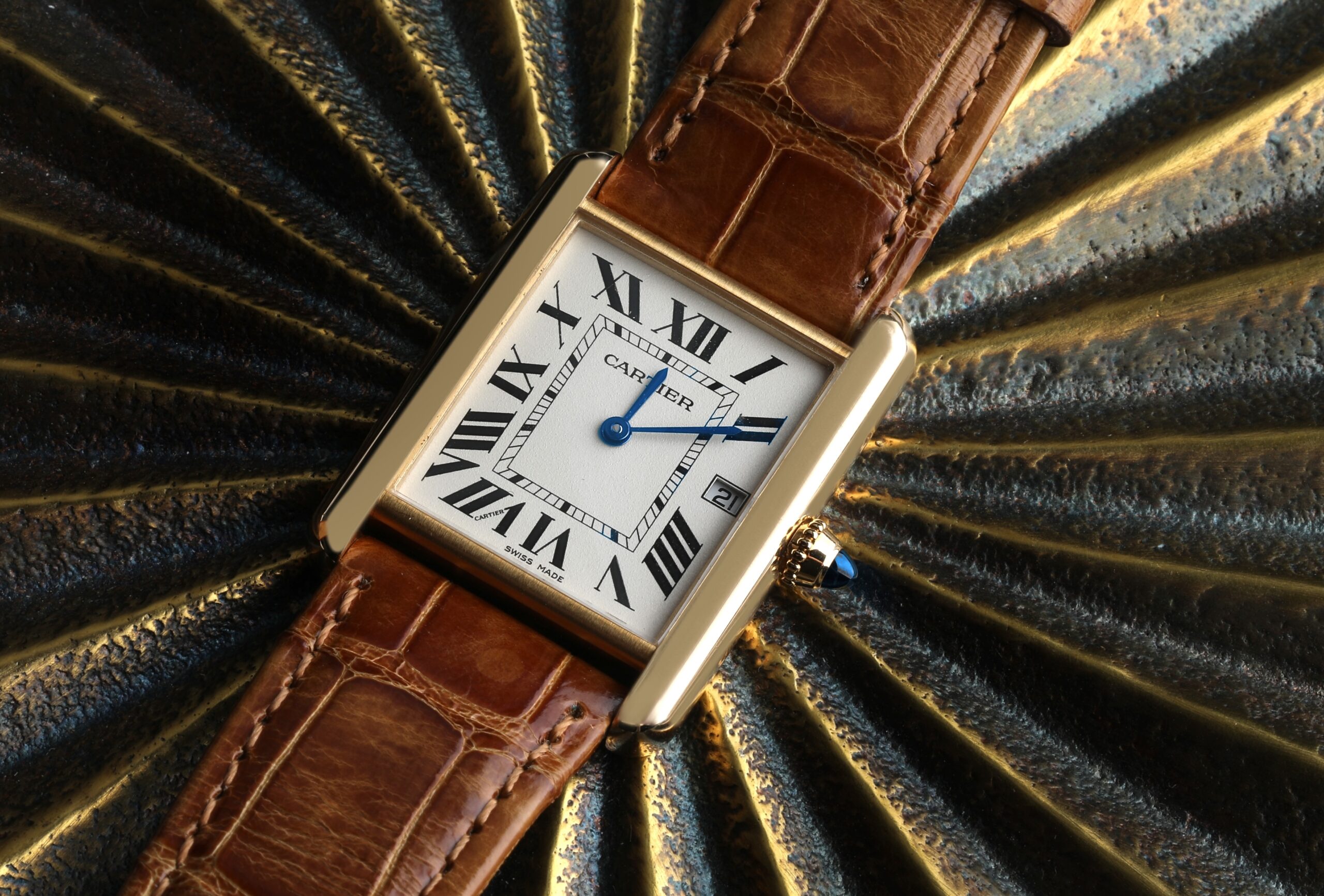
Cartier Tank (1917): The Shape of an Era
Inspired by the aerial view of the Renault FT-17 tanks on the Western Front, the Cartier Tank is a masterclass in design. Its rectangular case, with “brancards” (the vertical bars) seamlessly integrating into the strap, was unlike anything seen before. It eschewed the traditional round shape for something more architectural and sophisticated. Worn by everyone from Clark Gable and Andy Warhol to Princess Diana, the Tank is less a watch and more a piece of wearable art, representing the pinnacle of Art Deco elegance.
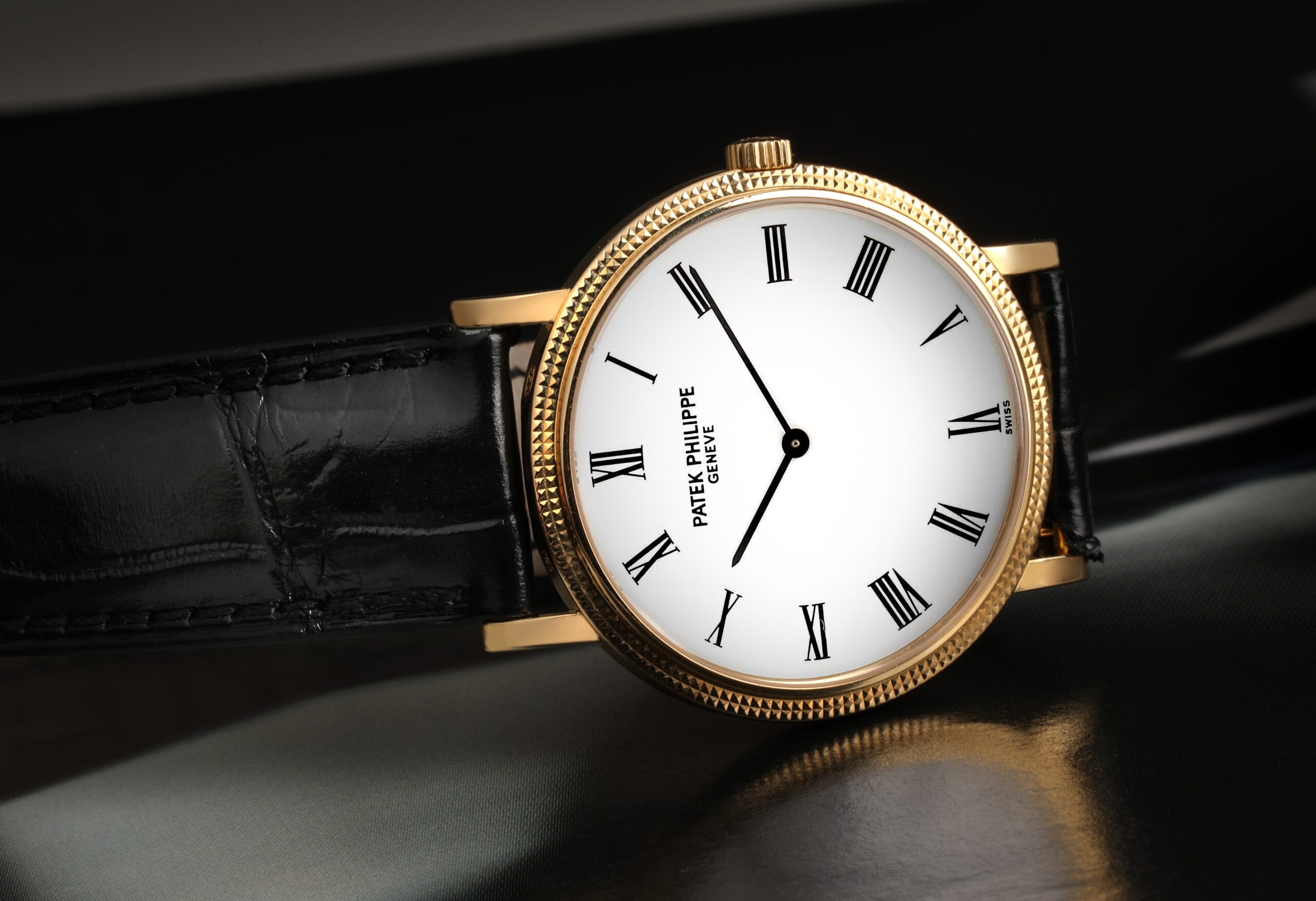
Patek Philippe Calatrava (1932): The Essence of Elegance
In a world moving towards complexity, Patek Philippe created the ultimate statement in simplicity. Guided by the Bauhaus principle of “form follows function,” the Patek Philippe Calatrava is the quintessential dress watch. Its clean, round case, uncluttered dial with simple baton markers, and slender hands create a look of perfect balance and harmony. The Calatrava is a testament to the idea that true luxury doesn’t need to shout. It is a symbol of refined taste and horological purity that remains the gold standard for dress watches today.
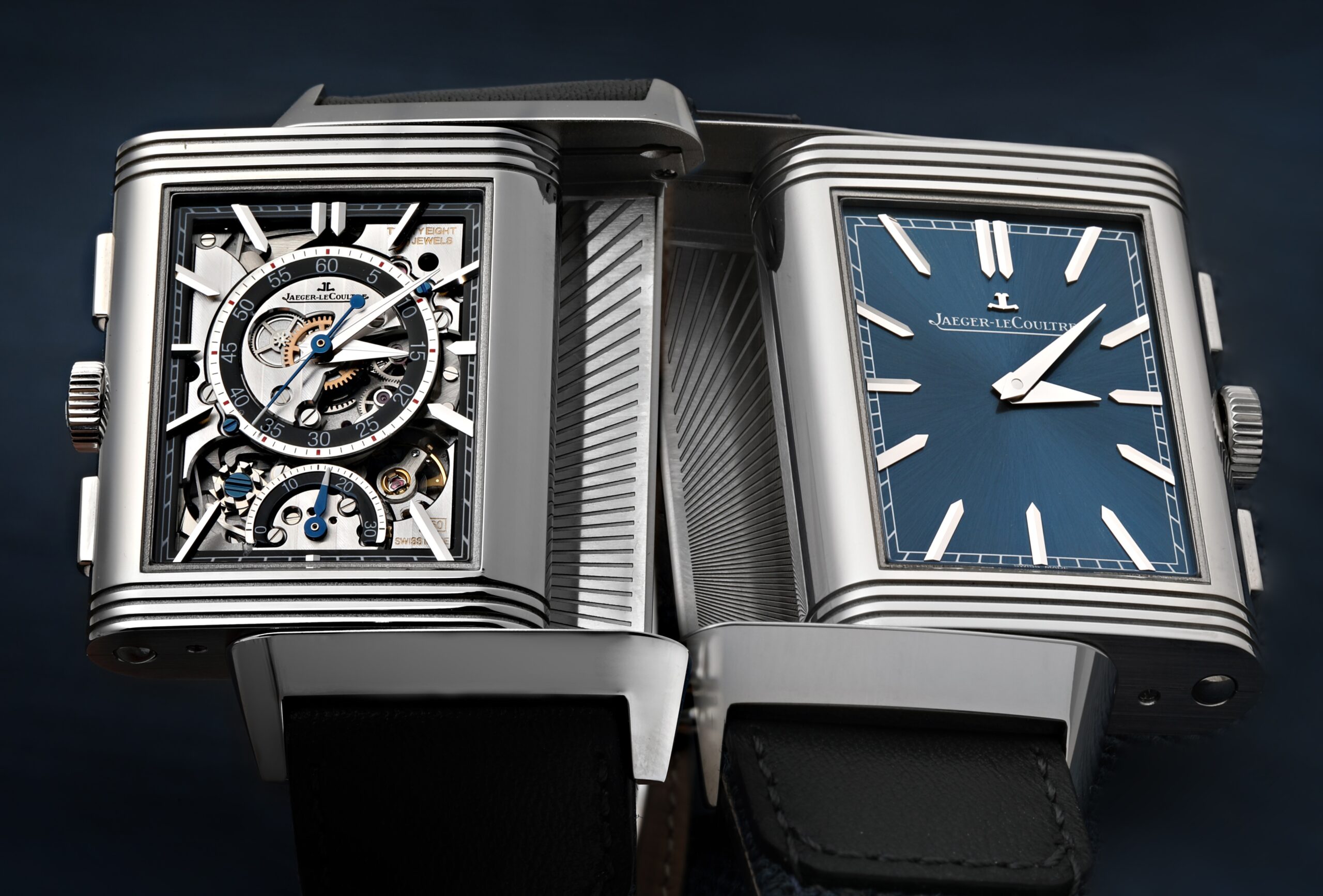
Jaeger-LeCoultre Reverso (1931): The Swiveling Art Deco Masterpiece
Born from a practical need, the Jaeger-LeCoultre Reverso has one of the most ingenious designs in watchmaking. British army officers playing polo in India needed a watch that could withstand the rigors of the sport. Jaeger-LeCoultre devised a clever solution: a watch case that could slide and flip over, protecting the crystal and revealing a solid metal back. This unique swiveling mechanism, combined with its elegant Art Deco lines, made the Reverso an instant classic. The blank case-back also became a canvas for personal engravings, making it one of the most intimate and stylish watches ever conceived.
The Golden Age of the Tool Watch: Mid-Century Marvels
As the century progressed, watches became indispensable tools for professionals in demanding fields. This era gave birth to some of the most robust, functional, and beloved designs in history.
<
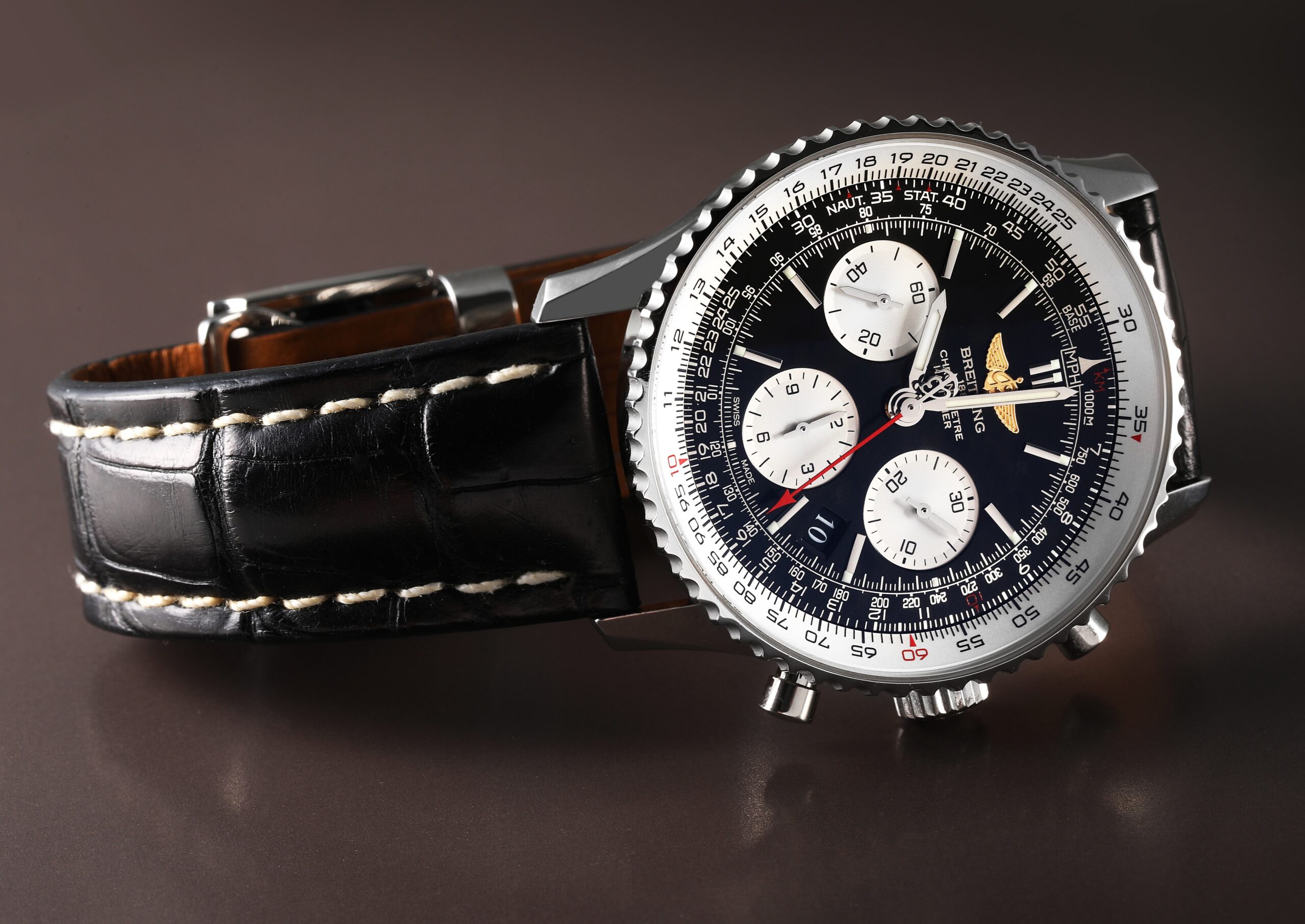
Breitling Navitimer (1952): The Pilot’s Wrist-Computer
If the Santos was the first pilot’s watch, the Breitling Navitimer was the first pilot’s wrist-computer. Its defining feature is the complex slide-rule bezel, which allowed pilots to make critical calculations like fuel consumption, climb rates, and airspeed conversions right on their wrist. With its busy but highly functional dial, the Navitimer became the official watch of the Aircraft Owners and Pilots Association (AOPA) and a favorite of aviators worldwide. It’s a beautifully complex piece of engineering that celebrates the golden age of aviation.

Rolex Submariner (1953): The Blueprint for the Dive Watch
There are dive watches, and then there is the Rolex Submariner. Originally water-resistant to 100 meters, it set the standard with its robust Oyster case, legible luminous dial, and rotating bezel for tracking dive time. Its rugged good looks and go-anywhere, do-anything capability quickly took it from the ocean depths to the silver screen, famously worn by Sean Connery as James Bond. The Submariner is arguably the most recognizable and influential watch design of all time, the undisputed king of the tool watch.
<
<
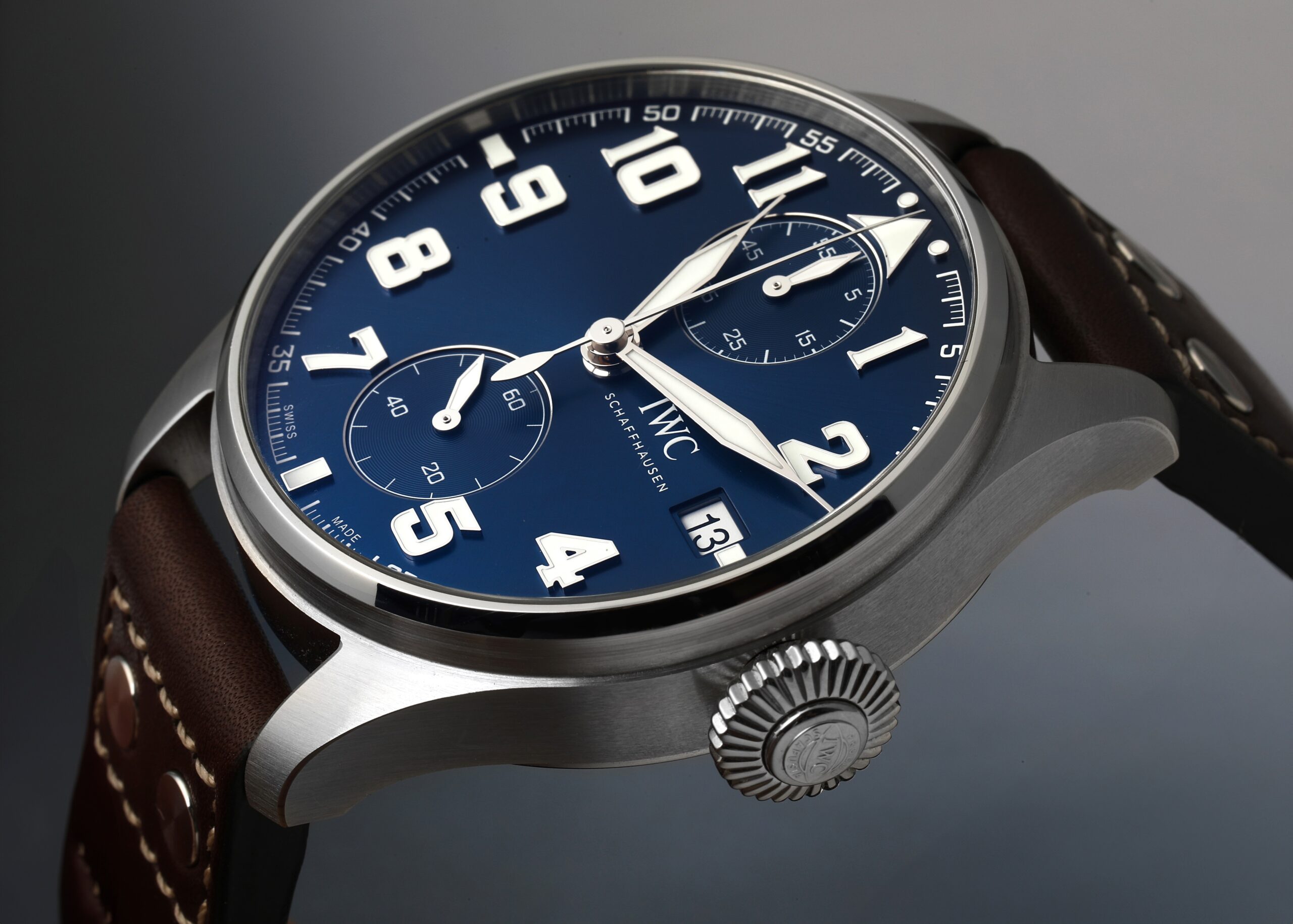
IWC Big Pilot (1940): A Legacy of Aviation
Created for the German Air Force, the IWC Big Pilot was built to uncompromising specifications. Its massive 55mm case was designed to be worn over a flight jacket, and its oversized “onion” crown could be operated while wearing gloves. The dial was stark and highly legible, prioritizing function above all else. While modern iterations are more wearable in size, they retain the same spirit of utilitarian design and robust engineering. The Big Pilot is a bold, uncompromising statement piece with a rich military heritage.
<
<
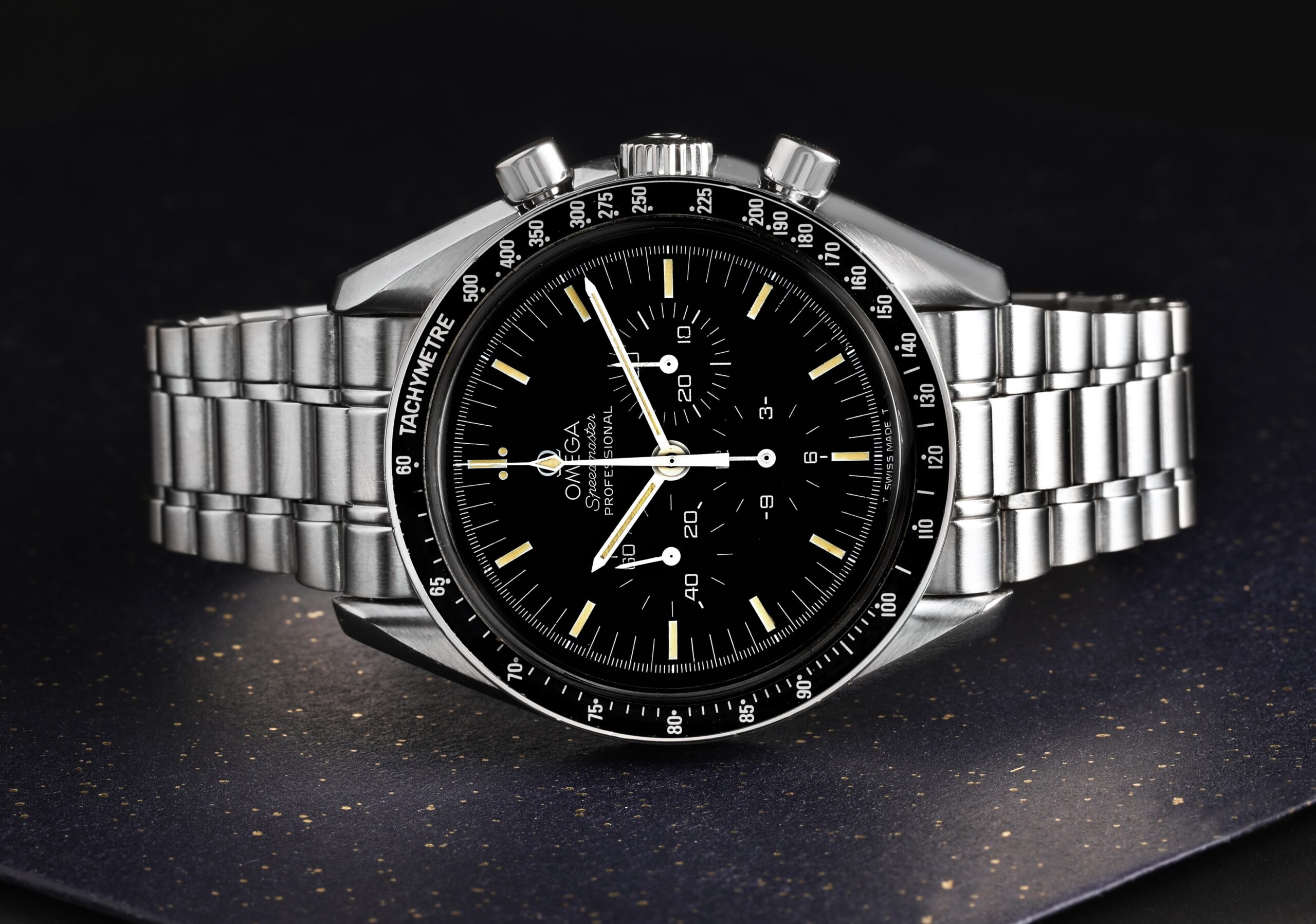
Omega Speedmaster Professional (1957): The Legendary Moonwatch
Initially designed for motorsport, the Omega Speedmaster‘s destiny was written in the stars. After passing a series of rigorous tests, it was flight-qualified by NASA for all manned space missions. On July 21, 1969, it became the first watch worn on the Moon. Its legendary status was further cemented during the Apollo 13 crisis, when the crew used their Speedmasters to time a critical engine burn to ensure their safe return to Earth. The “Moonwatch” is more than a chronograph; it’s a piece of human history and a testament to reliability under pressure.
Revolution and Redefinition: Late Century Game-Changers
As the century neared its end, the watch industry faced the “Quartz Crisis,” which threatened to make mechanical watches obsolete. In response, designers unleashed a wave of creativity, creating bold new categories and ensuring the survival of traditional watchmaking.
<
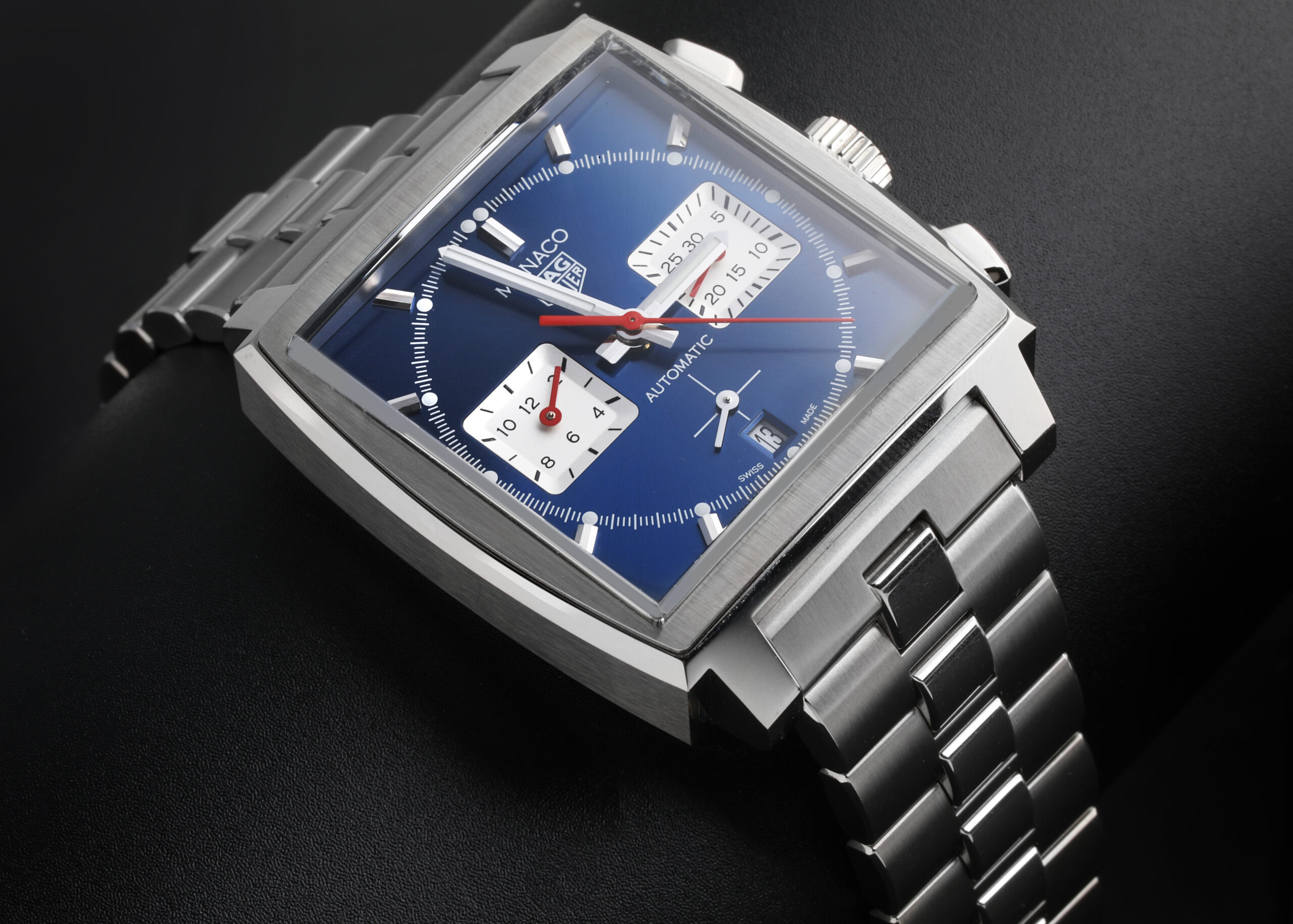
TAG Heuer Monaco (1969): The Rebel with a Cause
In a world of round watches, the TAG Heuer Monaco was a defiant square. Its avant-garde case was not just a style statement; it was also the first water-resistant square chronograph. Inside ticked the legendary Calibre 11, one of the world’s first automatic chronograph movements. The Monaco was forever immortalized on the wrist of Steve McQueen in the 1971 film Le Mans, cementing its status as the ultimate icon of motorsport cool. It’s a watch that broke all the rules and looked great doing it.
<
<

Audemars Piguet Royal Oak (1972): The Watch That Saved an Industry
Designed by the legendary Gérald Genta in a single night, the Audemars Piguet Royal Oak was a seismic shock to the watch world. It was a luxury watch made of stainless steel, priced like a gold one. Its bold, octagonal bezel inspired by a diver’s helmet, exposed screws, and integrated bracelet created an entirely new category: the luxury sports watch. Released at the height of the Quartz Crisis, the Royal Oak was a daring gamble that paid off, proving that innovative design and impeccable craftsmanship could still captivate the world.
Your Legacy Awaits
The enduring appeal of these 20th-century icons lies in their stories and the legacy they represent. Owning one is not just a style choice; it’s a decision to carry a piece of history on your wrist and begin a new story of your own. Whether you’re drawn to the adventurous spirit of the Omega Speedmaster or the timeless elegance of the Cartier Tank, the perfect watch is waiting to become a part of your life.
We invite you to discover your next heirloom within our extensive collection of certified Best Quality pre-owned luxury watches at SwissWatchExpo. Explore our selection today and find the icon that speaks to you.

